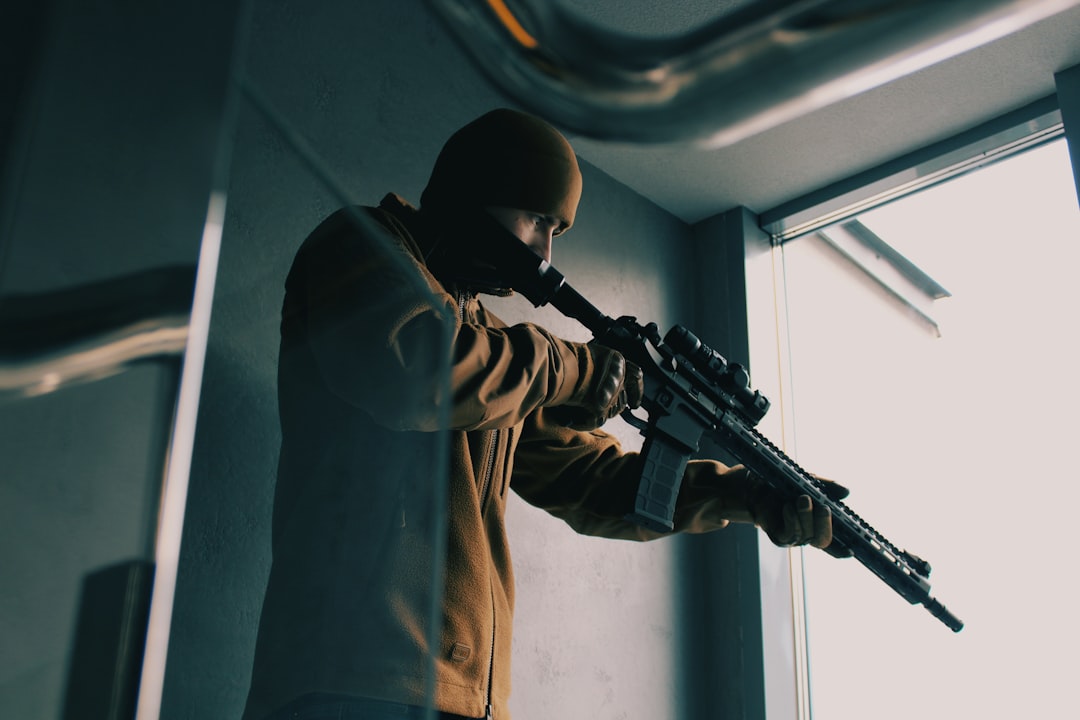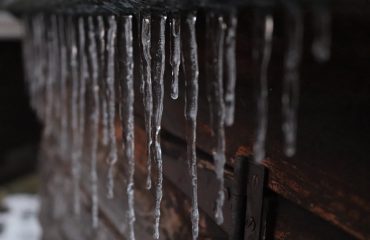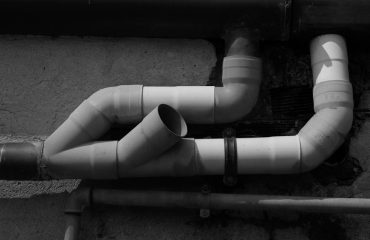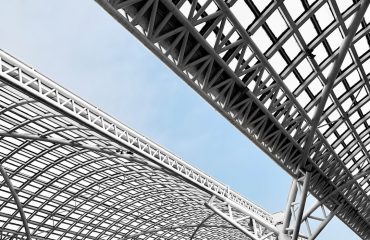Shot blasting is a powerful surface preparation technique used across numerous industries to clean, deburr, and prepare surfaces for further processing. This comprehensive guide delves into the intricacies of the shot blasting process, explaining its mechanics, applications, and the benefits it offers.
Understanding the Mechanics of Shot Blasting
Shot blasting involves propelling small abrasive particles, typically steel shot or grit, at high velocity onto a surface. This high-impact process removes contaminants such as rust, scale, paint, and other surface imperfections. The abrasive media is propelled by centrifugal force within a spinning wheel (in wheel-type blasters) or by compressed air (in air-blast systems). The intensity of the blasting process can be adjusted by controlling factors like the media size, blasting pressure, and nozzle distance. The process effectively cleans and profiles the surface, creating a clean, uniform substrate ideal for subsequent coatings or treatments.
Types of Shot Blasting Equipment and Media
Various types of shot blasting equipment exist, each designed for specific applications and scales of operation. These include:
- Wheel Blasters: These machines use a rotating wheel to propel the abrasive media, making them ideal for high-volume, continuous operation. They are often used in large-scale industrial settings.
- Air Blast Systems: These systems use compressed air to propel the abrasive media, offering greater flexibility and control over the blasting process. They are suitable for a wider range of applications and workpiece sizes.
- Cabinet Blasters: These enclosed systems are typically used for smaller parts and offer better containment of dust and abrasive media.
- Automated Systems: For high-throughput operations, automated systems integrate robotic arms and conveyor systems for efficient and consistent blasting.
The choice of abrasive media also significantly impacts the outcome. Common media types include:
- Steel Shot: A reusable media that provides excellent cleaning and surface profiling.
- Steel Grit: A more angular media, suitable for aggressive cleaning and roughening of surfaces.
- Cast Iron Shot: A harder media, ideal for tough applications requiring high cleaning intensity.
- Glass Beads: A softer media used for delicate surfaces requiring gentle cleaning and finishing.
Key Applications of Shot Blasting Across Industries
The versatility of shot blasting makes it a valuable process across diverse industries. Some key applications include:
- Metal Fabrication: Removing mill scale, rust, and other surface imperfections from steel and other metals before painting, coating, or welding.
- Automotive Industry: Preparing car bodies for painting, removing old paint and rust, and improving adhesion.
- Aerospace Industry: Cleaning and preparing aircraft components for painting and other surface treatments.
- Construction Industry: Cleaning and preparing steel structures for painting and corrosion protection.
- Power Generation: Cleaning and preparing turbine blades and other components.
- Marine Industry: Removing marine growth and corrosion from ship hulls and other components.
Safety Precautions and Environmental Considerations
Shot blasting is a powerful process that requires adherence to strict safety protocols. Appropriate personal protective equipment (PPE) is crucial, including respirators to prevent inhalation of dust and abrasive media, safety glasses to protect the eyes, and hearing protection to reduce noise exposure. Proper ventilation is essential to remove dust and fumes generated during the process. Environmental considerations are also important, with proper dust collection systems required to minimize air pollution and waste disposal management crucial for responsible handling of spent abrasive media.
Benefits of Choosing Shot Blasting for Surface Preparation
Shot blasting offers several advantages over other surface preparation methods:
- High Efficiency: It’s a fast and efficient way to clean and prepare large surfaces.
- Consistent Results: It produces a uniform surface finish, crucial for optimal coating adhesion.
- Improved Coating Adhesion: The surface profiling created by shot blasting improves the bonding between the substrate and the coating.
- Enhanced Durability: The cleaned and prepared surface offers improved resistance to corrosion and wear.
- Cost-Effective: While the initial investment may be significant, the efficiency and long-term benefits make it cost-effective in the long run.
In conclusion, shot blasting is a versatile and efficient surface preparation technique with wide-ranging applications across various industries. Understanding the process, equipment, and safety measures is crucial for maximizing its benefits and ensuring a safe and productive operation.




